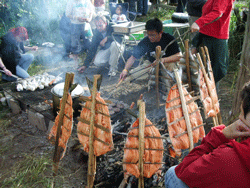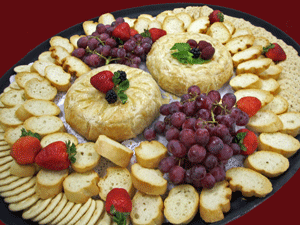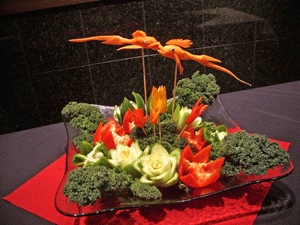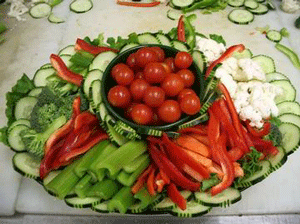
Resume Outline and Descriptions by Chef Tom Heintz Here is an outline for your resume. It should not be more than two pages in length and preferably only one page not including the cover page. Remember that the goal is to receive an invitation for an interview. The rest is up to you in the Interviewing Process. Be straight forward with your information, be truthful and offer the possibility of references but don’t include them on your resume.
General Overview with Keywords (for Internet searches)
Here is a breakdown on each outline item: Main Contact Info – This is where you will leave your name, address and phone numbers to make yourself available. Including your Email address can also be a good thing. Sometimes you have a contact number, if you use this make sure that the person you are using for a contact is aware that you are distributing their number. There is not much worse than a potential employer trying to set up and interview and not reaching a valid contact to do so. Keep your information current, double check your resume before sending or giving it out. General Overview (with Keywords) – Time to state what you’re looking for in a position. Give specific titles or quick job descriptions. Keywords are used by computers (especially the Internet) to locate people that are qualified or have an interest in specific jobs. Resumes usually go on file and are frequently entered into a databank where searches are performed when looking to fill an empty position. Keep your keywords on target. (Ex: Sous Chef, Line Cook, Short Order Cook, Prep Cook.) This section should concise, to the point. Background Info – This is divided up into three sections. · Work History – Where have you worked in the past. Start with the latest with approximate dates, name of the company, location, manager and phone number. · Special Interests – If you have desires for specific training or have started to learn a unique or interesting technique, this is where you might mention them. Don’t go into detail, give them enough information to show you’re interested or have a skill that they could tap into. You will be surprised at what companies will pay for in training for the right people that have an interest and aptitude for the skill. I’ve seen people sent to a full 2 year Culinary College for a commitment in return. · Special Projects – What are you involved in? What have you been a part of? What positions have you held in clubs related to food? What organizations do you belong to that would further your career or benefit an employer? These are the things to place in this section. Don’t overdo it, but let them understand that you have interests strong enough about your chosen industry that you are willing to invest your time and skill in projects that aren’t necessarily money driven. Education – Listing your education can be more than just High School and Culinary School. You may have taken Specialty Classes through Community Education or under the direction of previous Employers. Management training through a fast food chain or supervisory training that targeted future management skills could also be used. List the most impressive and pertinent training in this section. You need to have something that shows you have some ability to learn, don’t make anything up. One thing that is manifested to employers by someone having taken the time to get education is that they are willing to stick it out to learn. It used to be that everyone graduated from High School. Now it isn’t so much the case, too many drop out for one reason or another. Someone having a GED demonstrates that they are willing to repair their history and move on with their life education process. I have seen people that have not even been given the interview if they didn’t have specific educational references. In other words, they weren’t even given the chance. Whether or not this is fair, it doesn’t matter, it is a reality. If you don’t have anything to put here, leave it blank and hope for the best. Better yet … get started and put down that it is in the process.
Cover Page – A cover page lets your future employer know of your intentions. It gives you the opportunity to express what position you’re looking for and the reason they will benefit from your experience. This should be on one page, grammatically correct with proper spelling. It should be addressed to the person or department who is charge of hiring and have your signature at the bottom. Be straightforward with your presentation and get to the point. Don’t embellish. Let them know that you are in it for the long haul. This is your opportunity to make a first impression in many cases … put your best foot forward by avoiding the tendency to build yourself up and appearing arrogant. You want to let them know you are capable of taking instruction and looking forward to helping them in the position you are seeking. References – Never put your references in your resume. Place a statement at the end that they are available upon request and leave it at that. References can be a make it or break it for an iffy employer. Great references are a blessing and a good reason to leave a former employer on good terms, bad references can sink your boat before it starts. If you are new to the food business and don’t have any employer references, go ahead and give some personal references. Be sure to notify all people you intend to use for references so they know ahead of time that someone may be asking about you. Never use a reference that you are not sure of or may give a future employer cause to wonder about your attitude, timeliness or abilities.
|










